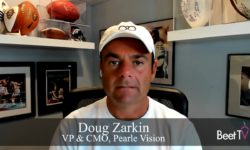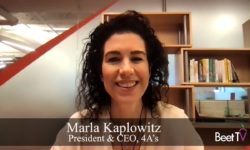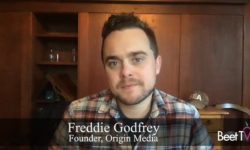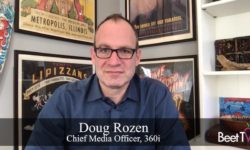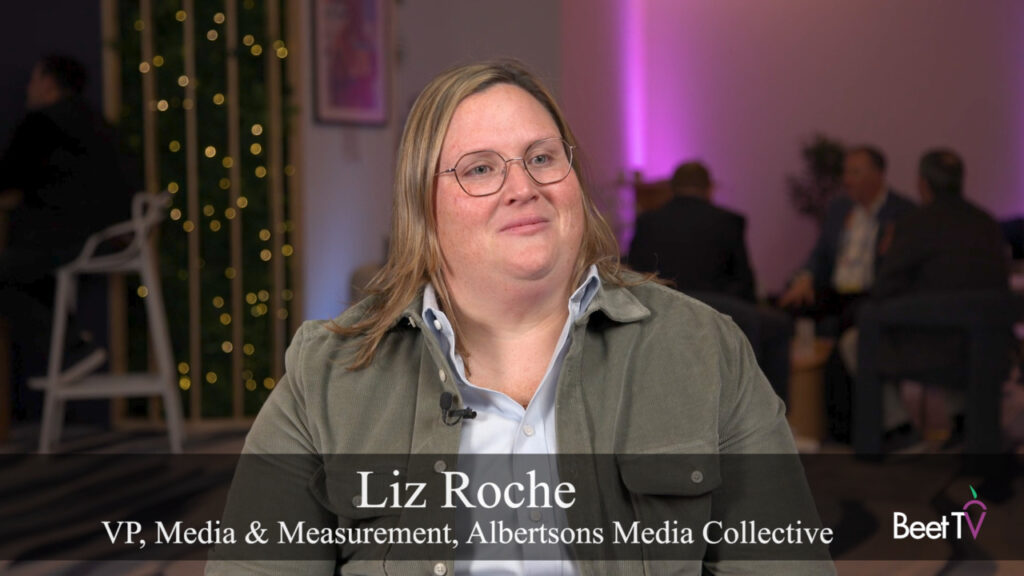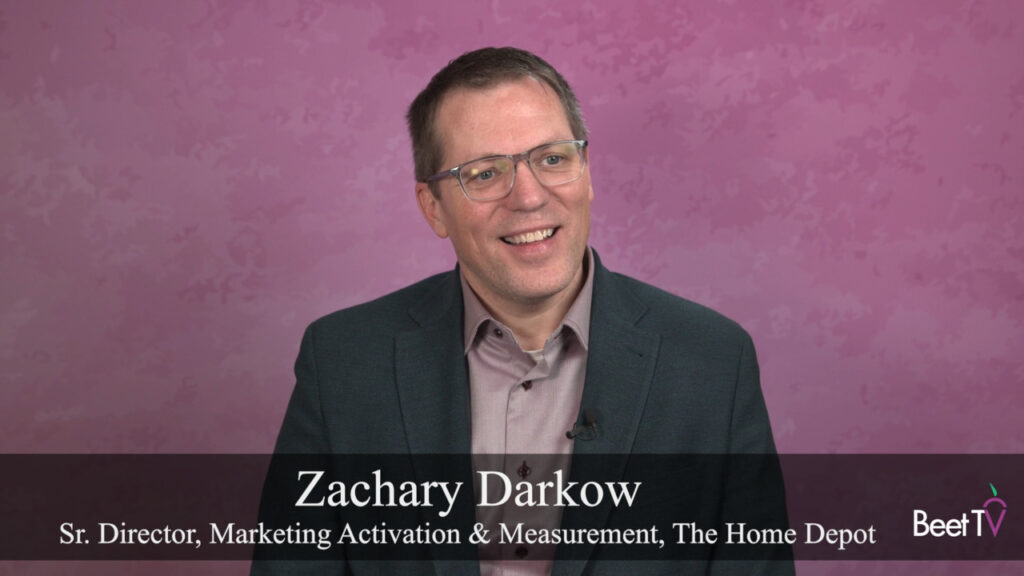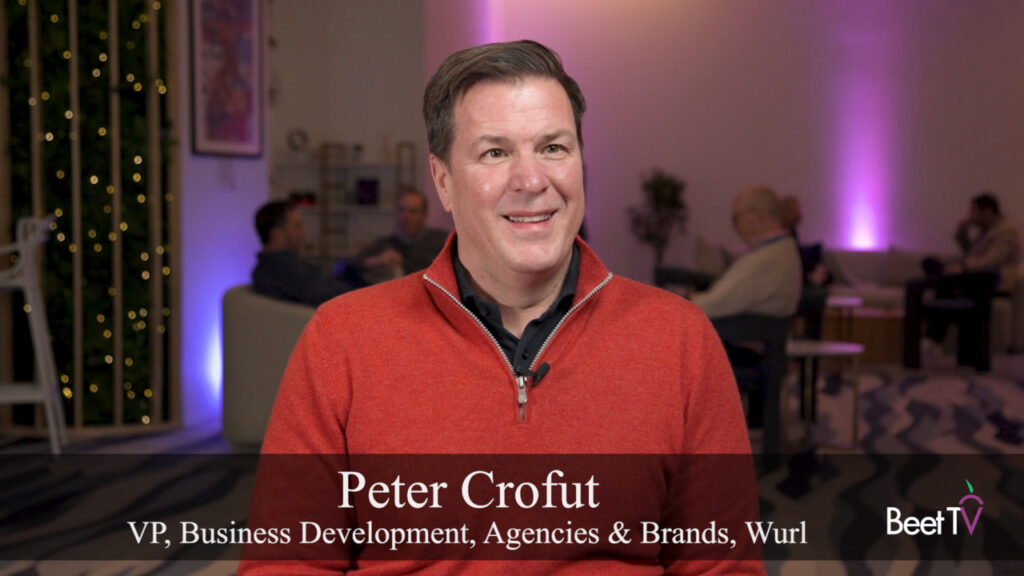In a tumultuous year, brands could be forgiven for seeking to make savings.
And that is exactly what ad agencies are promising them, thanks to new technology which aims to make their marketing more efficient by joining the dots between ad spending and outcomes.
But, in this video interview with Beet.TV, Nancy Hall Matterkind, EVP, Outcome-Based Marketing, Matterkind, says another trend has arrived on ad campaign briefs – using efficiencies to show savings.
Saving graces
“One of the biggest and one we that are always asked to measure calculated savings,” Hall says.
“Brands have outcomes of sales or bookings or leads but they also always have an outcome or a goal of savings. They want to know that, utilising these marketing methods, they’re able to deliver back savings to their organisation.
“Now that we can do marketing in a more precise manner and de-dupe conversion events … we’re only going to be paying out conversions to one channel, one screen, one party, or we’re going to reinvest our dollars into the actual screens and channels that are delivering those outcomes – rather than broad investment into many marketing channels that are not all accountable.”
Outcomes are critical
Matterkind is the new name for Cadreon, the Interpublic Group addressable media unit that was aimed at making better use of data.
It leverages assets from IPG data company Acxiom, which the agency holding group previously acquired.
Hall says it is increasingly possible to show the ROI of an ad campaignby linking ad exposure data to outcome data.
“It’s critical to tie together business outcomes and marketing efforts especially in an economic climate like this one,” she says. “This is truly the only way to show the efficacy of marketing efforts to a CFO and to show that marketing is an investment rather than just a cost centre”
Measuring effectiveness
That means an agency like Matterkind is rebooting what it measures across the traditional marketing funnel.
Hall says Matterkind measures for clients by goal, by channel and by funnel position:
- Upper-funnel: “We measure brand favorability, brand recall. And we do that by utilising partners that have integrated into the DSP platform so that we can actually connect a messaged user with a response about brand recall and brand favorability. We also measure things like incremental reach and targeted reach.”
- Mid-funnel: “For mid-funnel we measure things like time spent interacting and CTV, landing page visits to a website and talking about a brand in social which is measurable based upon volume of brand hashtags or Twitter mentions or Instagram mentions.”
- Lower-funnel: “(This is) where we see a real divergence from the past. Now we actually look at the number of new and qualified leads delivered into a brand’s database, volume of sales or bookings and basket size based upon an objective third party like a third-party ad server … which is measurable by tying together actually exposed users from logged files back to actual transactions. And then other things like cost per in-store sales measurable by many different parties.”
You are watching “Outcomes-Based Advertising: Connecting Ad Exposure to Business Results,” a Beet.TV leadership video series presented by LoopMe. For more videos, please visit this page.









